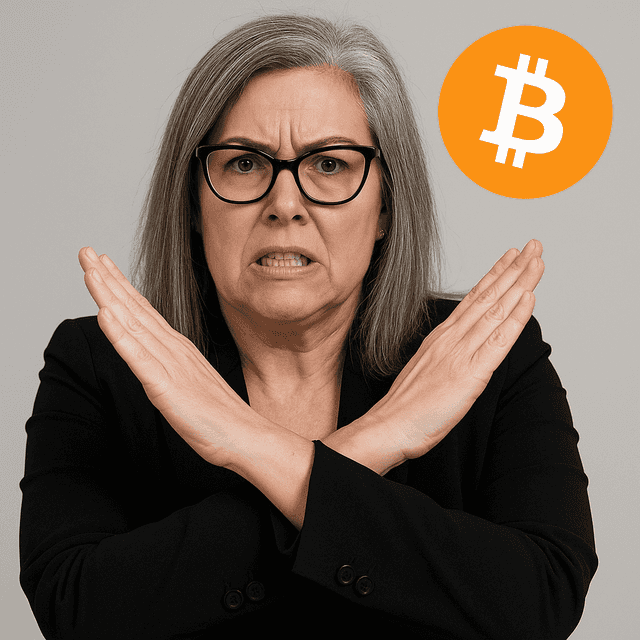20 hours ago
BLOCKMEDIA

Image source: Block Media
# U.S. Tariffs Trigger Exchange Rate Volatility: Won/Dollar Marks Largest Daily Swings in 29 Months
### "Despite Optimism from U.S.-China Trade Talks, Ongoing Uncertainty May Cause Continued Fluctuations"
SEOUL—April witnessed significant turbulence in the Korean won/U.S. dollar exchange rate, driven by U.S. tariff policies. Daily average fluctuations reached their highest level in two years and five months.
Currency market analysts indicate that while U.S.-China tariff negotiation progress provided some relief, ongoing domestic and global uncertainties could sustain market volatility.
### April Records 9.7 KRW Daily Won/Dollar Volatility—Highest Since November 2022
Data from the Bank of Korea on May 4 reveals that the average daily fluctuation of the Korean won/U.S. dollar exchange rate in April was 9.7 KRW, with a volatility rate of 0.67% based on day-to-day and intraweek trading. This is the highest since November 2022, when volatility soared to 12.3 KRW and 0.9% following the Federal Reserve’s monetary tightening adjustments.
April's fluctuations more than doubled compared to March's average of 4.3 KRW or 0.29%.
The exchange rate hit an intraday high of 1,487.6 KRW during the week of April 9, a peak not seen since the global financial crisis, as reciprocal U.S. tariffs were enacted. On April 11, it dropped to 1,420.0 KRW during overnight trading after then-U.S. President Donald Trump announced a 90-day reprieve for all nations except China.
Subsequent U.S. trade negotiations with several countries, including South Korea, stabilized the rate within the 1,410 to 1,440 KRW range. Optimism over U.S.-China trade talks on May 2 lowered the rate to 1,405.3 KRW at the week's close, its lowest since martial law was declared. During overnight trading, it further dipped to 1,391.5 KRW, levels unseen since November 29 of the previous year (intraday low of 1,390.2 KRW).
### "U.S.-China Negotiations Might Pressure KRW Strength"
Experts anticipate the exchange rate will hover around the 1,400 KRW level in the near term with significant volatility. Some analysts predict further declines depending on U.S.-China trade negotiations progress.
Baek Seok-hyun, an economist at Shinhan Bank, stated, “China's willingness to negotiate with the U.S. could strengthen the Korean won.”
He added, "U.S. financial market recovery and rebounding dollar assets impact KRW strength, but the Korean won is currently undervalued." Baek forecasts the exchange rate to range between 1,390 and 1,450 KRW by late June and 1,360 to 1,460 KRW in the second half of the year.
Moon Jung-hee, chief economist at KB Kookmin Bank, predicts a range of 1,370 to 1,500 KRW by late June, and 1,300 to 1,450 KRW for the latter half of the year, expecting increased market swings.
Moon remarked, “April's volatility was amplified by reciprocal tariffs, but positive trade negotiations developments are possible.” She emphasized, “Given the high correlation between the Korean won and Asian currencies like the Chinese yuan, U.S.-China talks hold significant importance. While resolution might take time, the current exchange already signals improvement.”
### "Uncertain Tariff Talks Could Reignite Exchange Rate Pressures"
Potential upward pressures on the exchange rate include uncertainty in tariff negotiations, domestic economic weakness, and prolonged political instability.
Park Hyung-jung, an economist at Woori Bank, noted, “We foresee increased exchange rate volatility. If reciprocal tariff negotiations fail to meet deadlines, the rate could rise again.” Park predicts the rate to range between 1,420 and 1,480 KRW by June’s end and vary in the second half depending on government policies. He foresees a range of 1,350 to 1,450 KRW with extensive economic stimulus measures, and 1,400 to 1,500 KRW otherwise.
Lee Nak-won, an FX derivative specialist at NH Nonghyup Bank, added, “Volatility is expected to persist into May. The ongoing U.S.-China tariff dispute creates high uncertainty, and closely tied indicators such as the dollar index, U.S. bond yields, and the Chinese yuan are also fluctuating wildly.” Lee anticipates the exchange rate to range between 1,380 and 1,475 KRW in the first half, and between 1,350 and 1,440 KRW in the latter half.
Suh Jeong-hoon, a senior researcher at Hana Bank, cautioned that while optimism around U.S.-China trade talks might boost KRW strength, domestic political risks could counteract gains. “The Korean economy contracted in the first quarter, and unresolved political risks following the new administration’s office-taking next month could impact the KRW negatively,” Suh emphasized.
Suh projects the rate within 1,400 to 1,440 KRW in the first half and 1,390 to 1,460 KRW for the latter half of 2023.
View original content to download multimedia: https://www.blockmedia.co.kr/archives/901533




